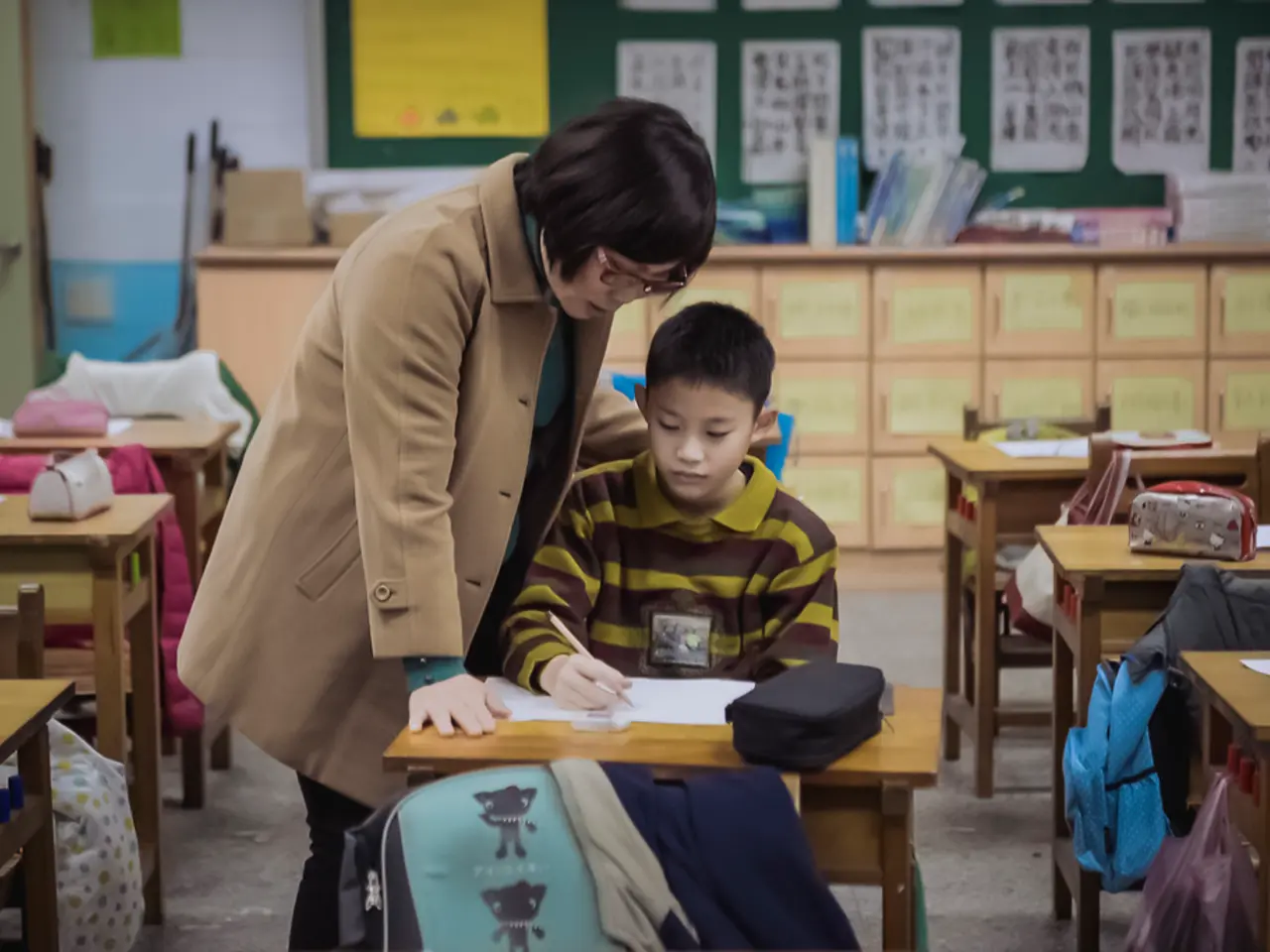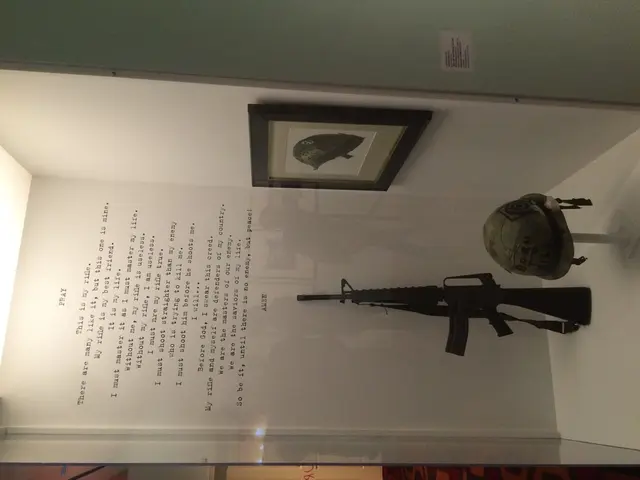"Providing Access: A Teacher's Argument in Favor of Lucy Calkins"
In the heart of Missouri, a fourth-grade classroom under the guidance of Lucy Calkins' Units of Study reading and writing curriculum was a hub of independent learning and student choice. The workshop-style model prioritized student engagement, with the students having mastered phonics and even booing when phonics time was announced.
However, the curriculum was not without controversy. Critics, including education researchers and curriculum-evaluation organizations, argued that it did not align with the "science of reading" and did not emphasize phonics enough, especially for early readers. This led to criticism from state lawmakers and education officials in various U.S. states.
Lucy Calkins' curriculum was primarily criticized for its previous reliance on the now-discredited cueing theory. Some states have moved away from this approach in favour of the "science of reading." Critics claimed that the program promoted ineffective reading instruction, leading to legislative action to mandate the use of scientifically supported reading methods.
Amidst this debate, the author, a teacher who had been using the curriculum for years, questioned if policymakers were asking the right questions when choosing and implementing literacy curricula. She suggested that they should ask what curriculum trusts teachers to think and adjust their instruction based on their students' needs, and what curriculum trusts kids to grapple with big ideas.
The author also questioned who decides what counts as reading. She believed that it's not just decoding and phonics, but comprehension, meaning-making, and joy as well. The curriculum included materials like The Other Side by Jacqueline Woodson, which was used to discuss segregation and exclusion with students. One student, Malik, connected the fence in The Other Side to exclusion in his lived experiences in Brentwood, Mo.
Another unit focused on World War II, with the picture book Rose Blanche serving as a discussion point. The story of a young girl in Nazi Germany who discovers children being held in a nearby concentration camp was used to discuss moral courage and acting in the face of injustice. The author also saw a student, Janne, connect Rose's story to her own family's silence about surviving World War II in Europe, demonstrating the impact of trusting kids with hard truths.
Despite the controversy, the author found the curriculum to be among the most meaningful tools used over a 30-year career. It helped her students synthesize across texts, make meaning across genres, time periods, and ideas. However, when she retired and took a long-term substitute position in a 2nd grade classroom in a neighboring district, she noticed a shift. The curriculum used in this classroom replaced curricula like Calkins' with programs that focused on phonics instruction.
The author suggests that we should ensure educators in all districts have access to the materials, support, and guidance they need. She also emphasized the importance of trusting teachers to think and adjust their instruction based on their students' needs, and trusting kids to grapple with big ideas. As the debate around literacy curricula continues, these are questions that policymakers should consider.
In 2021, 34% of 4th graders in Missouri performed at or above the "proficient" level in reading on the National Assessment of Educational Progress. In the same year, the nationwide percentage was 26%. While these numbers are significant, the author believes that the focus should be on providing students with a curriculum that fosters critical thinking, engagement, and a love for reading.
Read also:
- Peptide YY (PYY): Exploring its Role in Appetite Suppression, Intestinal Health, and Cognitive Links
- Toddler Health: Rotavirus Signs, Origins, and Potential Complications
- Digestive issues and heart discomfort: Root causes and associated health conditions
- House Infernos: Deadly Hazards Surpassing the Flames








